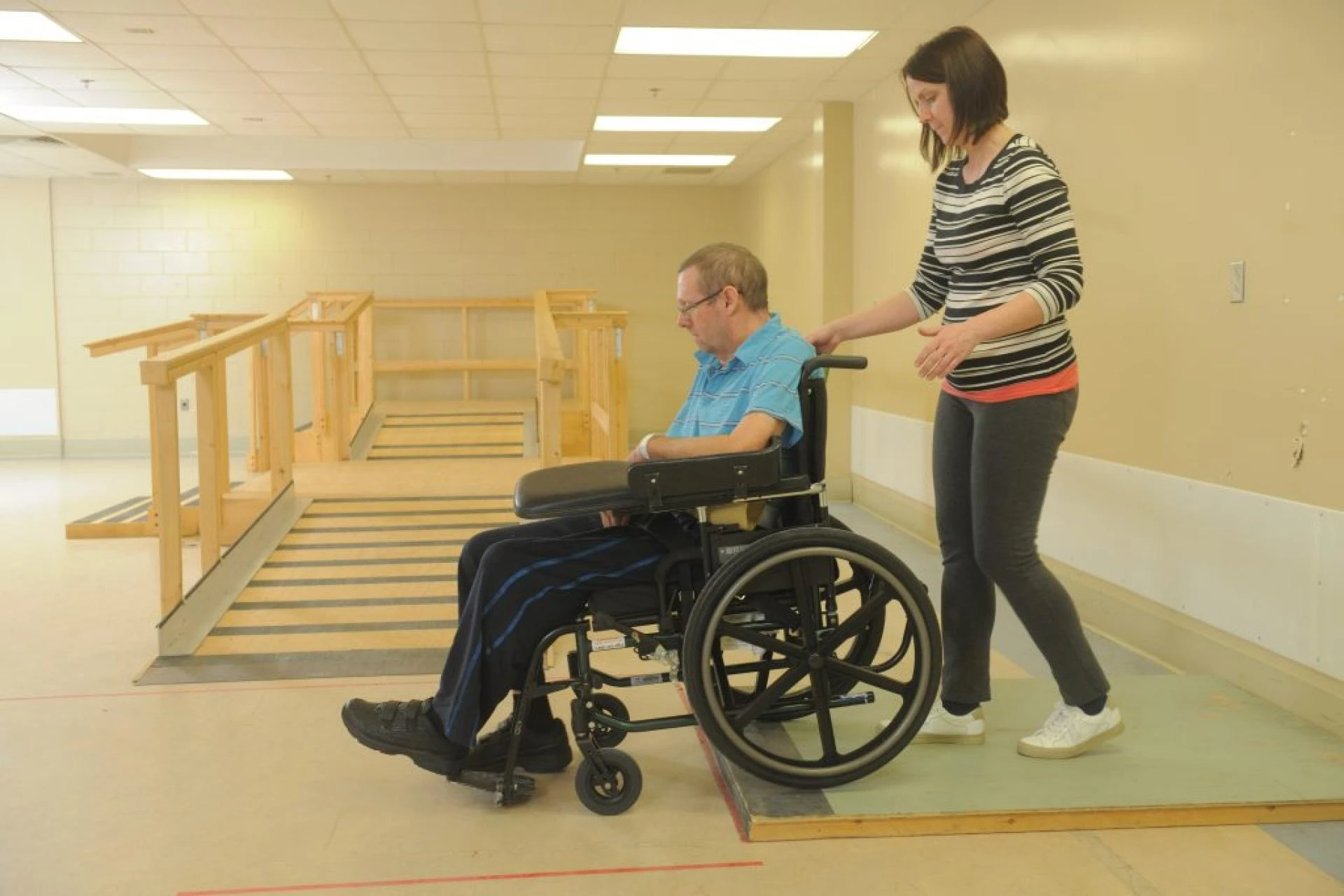Hospice care consists of specialist medical services provided by an interdisciplinary team to patients with a terminal or life-limiting illness or disease, with the goal of ensuring the best quality of life and comfort management possible. Patients with a life expectancy of six months or less are usually eligible for hospice treatment.
More than 70% of Americans would rather die in the privacy of their own home than in a hospital or care center. In-home hospice care improves the patient\'s quality of life while also assisting with symptom management and providing access to a multidisciplinary team that is well-equipped to address the physical, spiritual, and psychosocial needs of the terminal patient and his or her family.
Types of Hospice Care
Hospice treatment is divided into four categories, or "levels." In just a week or ten days of hospice care, a patient can experience all four levels. During the course of a patient\'s hospice treatment, he or she can receive one level of care. Each standard of treatment caters to particular requirements in every medical franchising facility, and each hospice patient is different.Any hospice provider must give these four types of care:
Routine Home Care
Routine home care is the basic type of hospice service. This is done in the patient\'s house, whether they live alone, in an assisted living facility, or a senior healthcare facility. Many patients favor this form of treatment because it allows them to remain in their familiar surroundings. They can also be visited by their family, which is more convenient.
General Inpatient Care
Extreme pain or other symptoms can necessitate a higher level of treatment, which is more efficiently given during a brief stay in a hospice facility. Symptoms that cannot be handled at home are usually treated in general inpatient care.
[caption class="snax-figure" align="aligncenter" width="1140"] [/caption]
[/caption]
Inpatient hospice treatment aims to manage extreme pain and symptoms so that your loved one can, if at all possible, return home to their family and familiar surroundings and resume regular hospice care at home.
It is also given in a hospital\'s hospice unit. It\'s even possible to have it in a long-term care facility. The most peaceful environment for this form of hospice treatment for many patients and their families is a free-standing hospice building.
Continuous Home Care
If your patient is having serious symptoms such as difficulty breathing or unrelieved pain, continuous home care is a level of hospice care where a nurse remains in your home for an extended period of time. However, during a medical emergency, your hospice nurse can determine that general inpatient treatment is the best choice to meet your loved one\'s needs.
Respite Care
Respite care is a form of inpatient hospice care provided for a limited time to offer family caregivers a break. Caring for a terminally ill loved one can be physically and emotionally draining, so this gives caregivers more time to themselves.
Caregivers may feel bad about taking a break, but well-rested caregivers are better able to provide the best care for their patients. A brief respite from their duties will give them a fresh perspective on their job.
Planning for a Loved One\'s Hospice Care
If you don\'t already have one, getting an end-of-life plan is the first step in preparing for the treatment of a terminal loved one. It\'s better if you can have this tough conversation before you have to make a decision. In an advance care package, you can put your priorities in writing. Consider the legal implications, healthcare decisions, and your loved one\'s last wishes.
[caption class="snax-figure" align="aligncenter" width="1140"] [/caption]
[/caption]
As the sole caregiver, you are responsible for making all decisions for your terminally ill loved one while also monitoring their in-home treatment. Despite the hospice care team\'s support and encouragement, they might not always be available to help you care for your loved one 24 hours a day, seven days a eek, so you\'ll have to step up.
If your loved ones are eligible for hospice care, make sure to find a reputable hospice care provider that provides only the best care to its patients. SHG Hospice operates a hospice care franchise that can help your loved one. They will assist you no matter where you are.
What to Look for in a Hospice in-Home Caregiver
Choosing in-home hospice care is a big decision, and you\'ll want the best team and service delivery possible. What factors do you consider when hiring a hospice in-home caregiver? If caregivers should have five key personality traits (patience, attentiveness, kindness, dependability, and trustworthiness).
Final Thoughts
Although most patients who receive hospice care are terminally ill, the purpose of inpatient and home hospice care is to provide support and improve quality of life.
Caring for someone who is facing a life-threatening situation is difficult enough. An individual\'s and their family\'s anxiety can be exacerbated by feelings of ambiguity, fear, confusion, and, especially, loneliness.
Louie is the father behind the travel blog Browseeverywhere.com. He has a background in photography, E-commerce, and writing product reviews online at ConsumerReviews24. Traveling full time with his family was his ultimate past-time. If he’s not typing on his laptop, you can probably find him watching movies.


